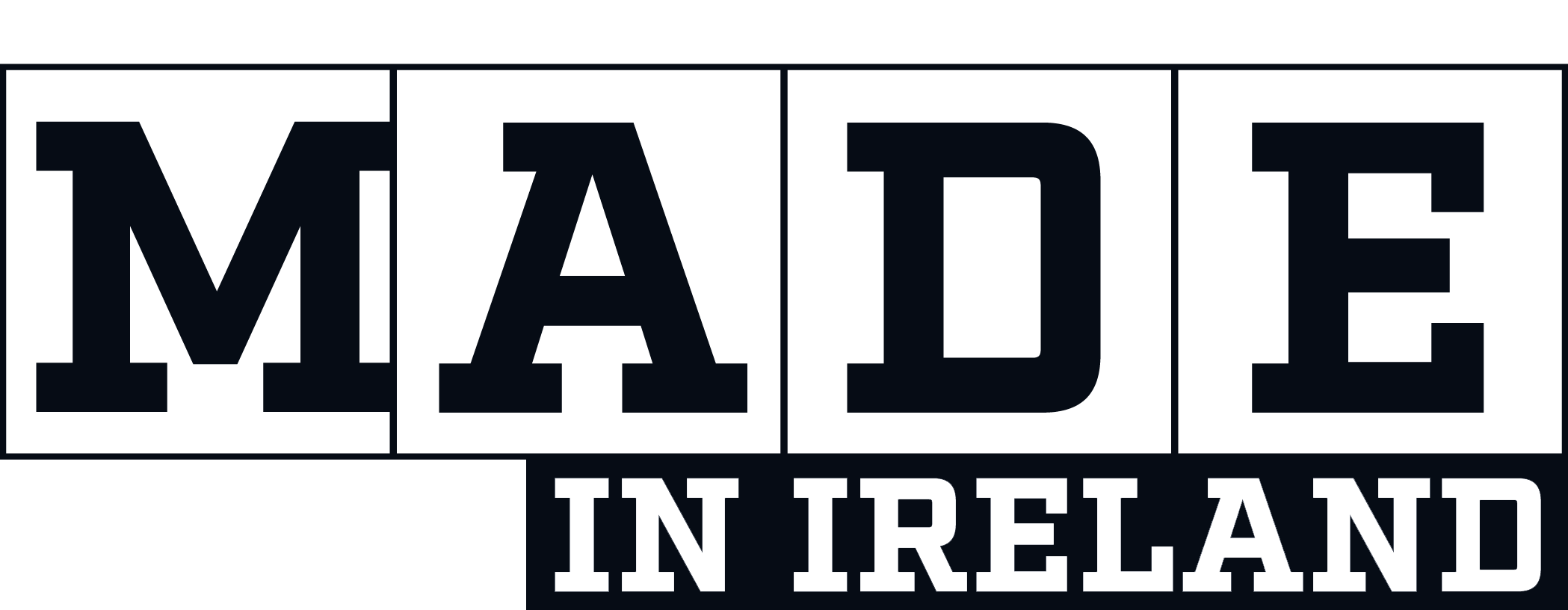Para cycling is the sport of cycling adapted for cyclists who have various disabilities. It is governed by the Union Cycliste Internationale (UCI). The UCI governs various cycling sports such as road, track, mountain, BMX and indoor racing.
There are four para cycling disciplines: standard, tricycle, tandem and hand cycling. The researchers focused on two flavors, tandem and hand cycling. Tandem bikes hold two cyclists. The front rider (pilot) pedals and steers while the visually impaired rear rider (stoker) only pedals. Hand cycles are for a single athlete who powers and steers the bike by hand.
Like every sport, para cycling has a series of best practices. However, the best practices of many sports have been found to be sub-optimal when the science is rigorously studied. That is why researchers from National University of Ireland Galway, Eindhoven University of Technology, KU Leuven and University of Liège used ANSYS Fluent and wind tunnels to study the science of para cycling within the PhD research project for Paul Mannion.
The team of researchers discovered two new best practices for tandem para cycling athletes.
The first showed that the traditional time-trial handlebar setup doesn’t provide the lowest drag. It turns out that if the stoker goes into a frame-clench position — grabbing the frame right under the pilot’s seat — the cyclists can reduce drag enough to knock off around 8.1 seconds from a 10 km (6.2 mile) r The team of researchers also challenged the belief that the optimal aerodynamic position for tandem para cyclists consists of the pilot and stoker being as horizontal as possible. It turns out that if the pilot’s body is raised ever so slightly, the cyclists can shed about 6.5 seconds from a 10 km (6.2 mile) race.
The researchers also discovered a few new sports technology best practices for hand-based para cycling.
Traditional best practices say that installing three disc-wheels onto a bike will cut down on drag. However, the aerodynamics show that the two disc-wheels in the back will funnel the air in a way that increases drag.
It turns out that para cycles that have a disc-wheel in the front and two spoked wheels in the back can cut down a 10 km (6.2 mile) race by a whopping 16 seconds.
Another common practice by hand-cycling para cyclists is to hold their hands in the 6 o’clock position when riding down a slope. However, the researcher’s CFD study found that by placing hands in the 9 o’clock position, cyclists can reduce their drag by 4.3 percent and shave 0.8 seconds for every 500 meters (0.31 miles) they descend.
The team of researchers included Eoghan Clifford. Clifford is a four-time world champion, current Paralympic Champion and a senior lecturer in Civil Engineering at the National University of Ireland.
It was important to the researchers that para cycling athletes and coaches tested their findings.
“This has been one of the most exciting and challenging projects I have worked on,” says Clifford. “The extensive experimental and computational modeling work was unprecedented for Paralympic cycling and indeed for most sports.
“The work will fundamentally impact Paralympic cycling and will cause teams and engineers to rethink their approach to aerodynamics. This work also opens the door for world‐class Paralympic athletes to have the same expertise and equipment available to them as other professional athletes. At the world championships and Paralympics where tenths of seconds can decide medals, this work can unlock that vital time!”
Bert Blocken, professor from Eindhoven University of Technology & KU Leuven, adds that this research is “one of the most important and most successful projects I ever contributed to. Not only for the pioneering research, but also as a token of respect for the efforts of these fantastic athletes who, just like their non-para cycling counterparts, deserve the best science and technology that we can offer.”








